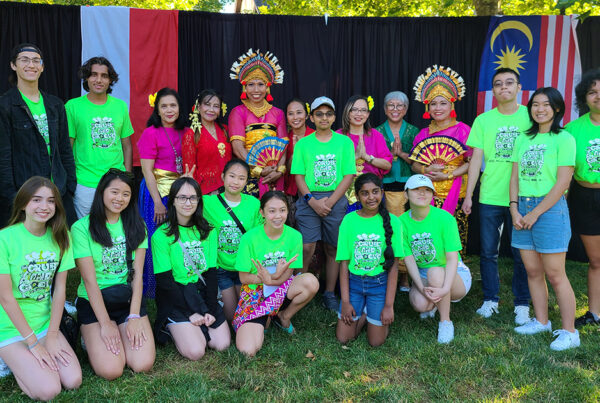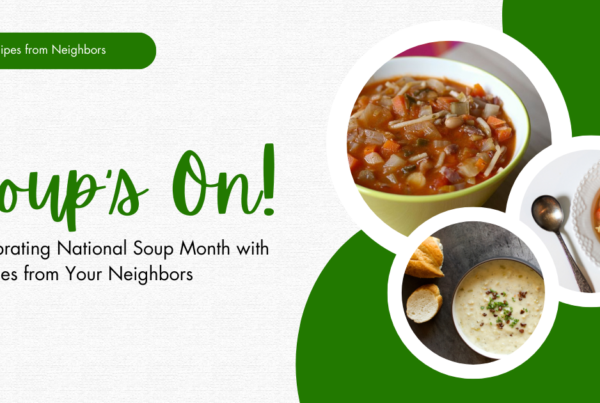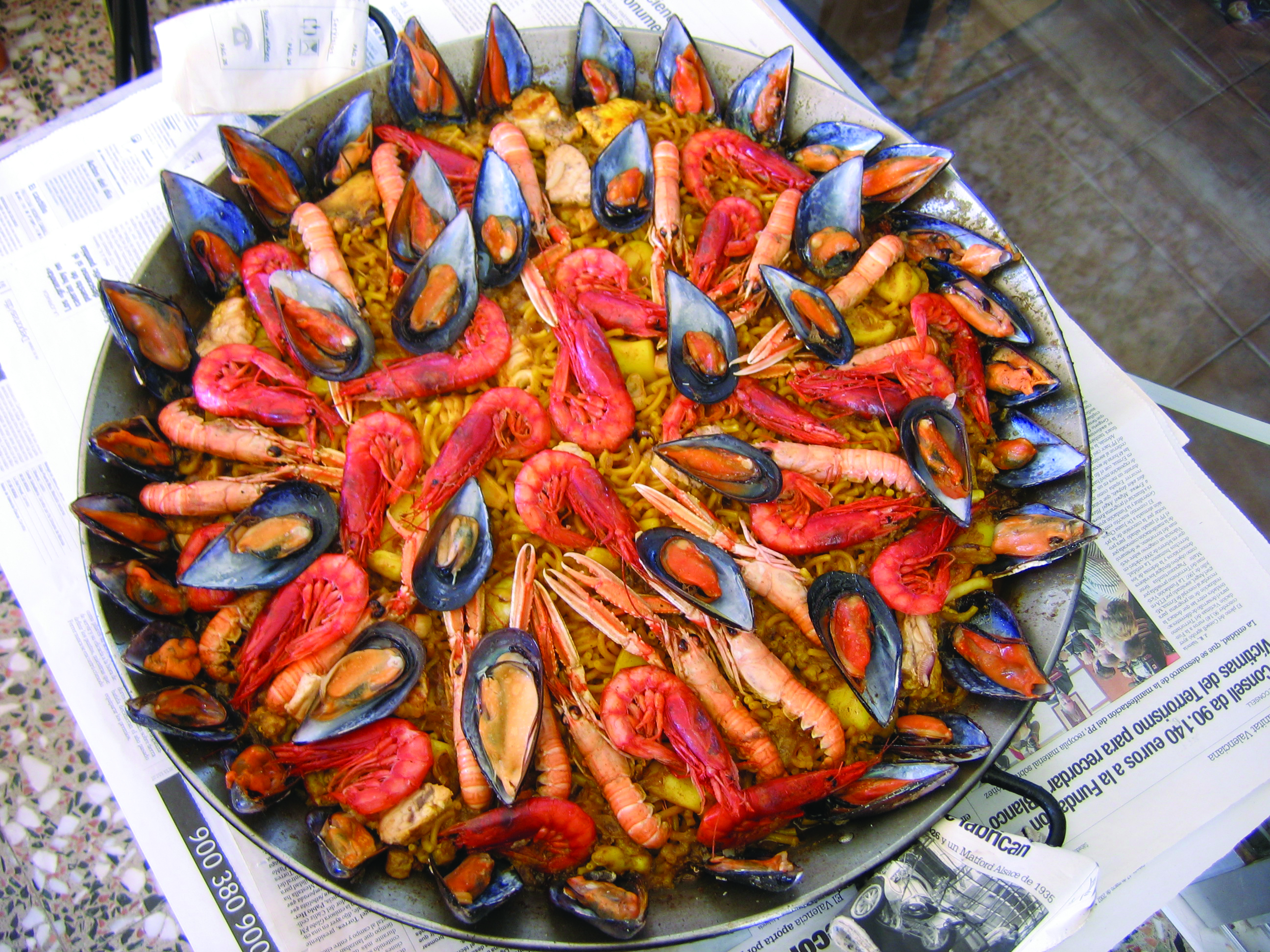
By Kathryn Meeker, Dahlia Park
When Natalie Grande wanted a special dish at her wedding to highlight her Salvadoran heritage, the choice was simple. Paella Valencia has always been her family’s go-to dish for special occasions, and her family’s recipe has been passed down at least through at least three generations.
The story of Paella Valencia begins nearly 1200 years ago, a story of war and conquest and the inevitable blending of cultures. In the early eighth century, the Iberian Peninsula saw the meeting of Romans with their metal cooking pots and Arab conquerors bringing rice. A simple saffron-scented rice dish was born. Almost like an early casserole, Paella was often cooked by farm laborers on an open fire.
Fast forward to the fifteenth century when the Spanish set out for Central America. Bringing with them what had become their national dish, they were now the conquerors. Salvadorans eventually embraced Paella Valencia and made it their own, adding a characteristic kick of chilies and sweet peppers.
Now on to the twentieth century when the Salvadoran Civil War uprooted many Salvadorans along with their culture and traditions. Natalie’s parents fled to New York, bringing Natalie’s maternal grandmother—and her recipes—with them.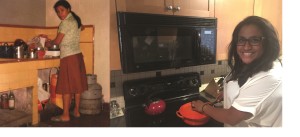
While the Grandes worked to support their five children, Natalie’s grandmother, Rosalia Rivas, stayed at home to anchor the family. Without any formal education, Rosalia had taught herself to read, write, and cook, eventually working in the homes of prominent Salvadoran politicians. There she served classic French, Italian, and Spanish meals. Her skills as a cook were passed down to Natalie in their New York kitchen. This was crucial in keeping ties to Salvadoran culture. Natalie explains, “Food is the staple that kept their country’s traditions alive in my home.”
Over time the Grande family moved to Western Washington, where Natalie met her husband and settled in Issaquah Highlands. Natalie says, “Growing up, and still today, my proudest time with friends is cooking a traditional Salvadorian meal and introducing them to new tastes and smells.”
Looking forward to starting a family of her own, Natalie has plans to continue passing down her Salvadoran heritage. She wants to speak Spanish at home when her children are young, and keep plenty of Flamenco music playing. And on special days, the Paella pan will come out to be filled with the Arab, Spanish, and spicy Salvadoran blend that is her family’s Paella Valencia.
Paella Valencia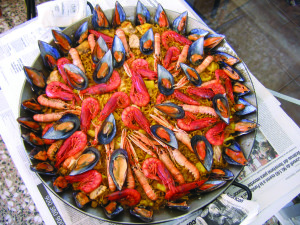
INGREDIENTS:
Rice 1 pound
Pork loin or rib 7 ounces
Chicken pieces 7 ounces of
Spanish chorizo 7 ounces
Silver perch or White seabass 7 ounces of
Mussels 7 ounces
Clams 7 ounces
Onion 7 ounces
Red chili peppers 3 ½ ounces
Green chili peppers 3 ½ ounces
Fish stock 36 ounces
White wine 3 ounces
Olive oil 2 ounces
Garlic 1 tablespoon, minced
Saffron (yellow) 1 ounce
Bay 6 leaves
Chicken soup 1 tablespoon
Thyme 1 bunch (1 teaspoon)
Shrimp 8 medium
Salt and pepper to taste
- Chop all the pork, chicken, fish, and chorizo.
- Dice small the colored peppers and onion.
- Pre-heat oven to 350 degrees. In a Paella pan or another stove-top/oven safe pot, add olive oil to cold pan and increase heat to medium/medium-low. Add the colored peppers, onion, garlic, and cook until translucent.
- At this point, add the meats (no fish). Allow the meats to braise briefly (one side only), then add the rice and fry them all together until the rice goes from clear to pearly in appearance. Deglaze the pan with the white wine, chicken, and fish stock.
- Follow up immediately by adding the saffron, bay leaves, and thyme. Turn up the heat to high and get the mixture to boil briefly.
- Then, turn the heat to low, and add the fish, shrimp to the center of the mixture, and decorate the outer edges with the clams and mussels.
- Cover with the lid slightly off, and allow the mixture to reduce until the liquid is even with the mixture. When this occurs, take the pot off the stove and put it into the oven with the lid still slightly off and bake for 15 minutes or until all the liquid has been absorbed.



